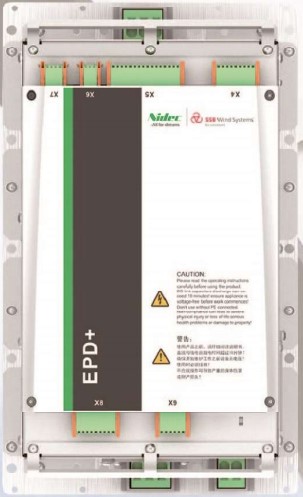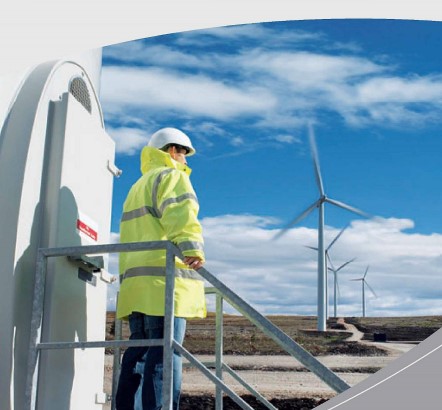Wedoany.com Report-Dec 09,More and more wind turbines across Europe are approaching the end of their operational lifetime. Repowering – replacing older wind turbines with newer, more efficient models – is proving to be highly effective, often more than tripling the power output from the same site. However, the adoption of repowering is progressing slowly across the continent.
Data analysed by WindEurope shows that repowering typically reduces the number of turbines in a wind farm by 25% while more than tripling the wind farm's output and quadrupling the output per turbine. Modern turbines are more efficient due to longer rotor blades, higher capacity factors, improved aerodynamics, more stable electricity generation in low wind speeds, and advanced control systems optimising real-time operations.
Despite its benefits, the repowering of wind farms is not evenly distributed among EU Member States. Over half of all repowered projects are in Germany, the largest wind energy market in Europe, with many first-generation wind farms. Other Member States are not capitalising on the benefits of repowering.
Spain, Europe’s second-largest onshore wind energy market, hosts only 3% of repowered projects. Difficulties in obtaining grid connections for repowered wind farms discourage developers, leading them to keep old turbines running, thereby missing significant repowering potential.
France is also missing out on the advantages of repowering due to restrictive tip height regulations that prevent the construction of the latest, most efficient onshore wind turbines. Many other Member States lack effective repowering strategies. Throughout Europe, overly cumbersome and lengthy permitting procedures are hindering the much-needed uptake of repowering.

















